
Top Home Features Buyers Hunt for Right Now: Pools, Garages & More Top Home Features Buyers Hunt for Right Now: Pools, Garages & More
Homebuyers are more selective than ever. It’s no longer just about the number of bedrooms or the location. Modern buyers are hunting for features that match both lifestyle and investment potential. Pools, garages, and flexible living areas are topping the list. If you’re selling or planning to upgrade, knowing what buyers crave can give you an edge.
Garages as Practical Investments
Garages have evolved from simple storage spaces into versatile assets. Car enthusiasts love extra space for vehicles, while other buyers see potential as a workshop, home gym, or storage area. A secure garage can also protect investments against weather or theft, which is increasingly appealing in urban areas. Buyers today are not satisfied with a single-car setup. Two-car garages—or even double-deep spaces—signal flexibility and convenience. This practicality often sways decisions as much as aesthetics, especially in suburban markets.
Pools That Offer a Lifestyle Upgrade
 A sparkling pool has long been a symbol of luxury. Today, buyers are drawn to properties that promise leisure and entertainment. It isn’t just about swimming laps. A well-placed pool can become a focal point for family gatherings or weekend parties. Buyers imagine themselves relaxing in sun-drenched spaces, and that vision adds value beyond the listing price. However, pools can be a double-edged sword. Maintenance and safety concerns are real. Homes with automated cleaning systems or safety fences often stand out because they address practical worries. A pool that looks inviting but also minimizes hassle tends to attract more interest and quicker offers.
A sparkling pool has long been a symbol of luxury. Today, buyers are drawn to properties that promise leisure and entertainment. It isn’t just about swimming laps. A well-placed pool can become a focal point for family gatherings or weekend parties. Buyers imagine themselves relaxing in sun-drenched spaces, and that vision adds value beyond the listing price. However, pools can be a double-edged sword. Maintenance and safety concerns are real. Homes with automated cleaning systems or safety fences often stand out because they address practical worries. A pool that looks inviting but also minimizes hassle tends to attract more interest and quicker offers.
Outdoor Spaces That Extend Living Areas
A backyard or patio can be more valuable than an extra bedroom. Outdoor living spaces allow homeowners to host barbecues, garden, or simply unwind. Decks, pergolas, and covered seating areas make outdoor spaces functional all year round. Landscaping matters too. Well-maintained lawns, flowering shrubs, and even vegetable gardens create an impression of care and usability. Buyers often gauge how much effort they will need to invest post-purchase, so a ready-to-use outdoor area can tip the scales in favor of a property.
Smart Home Features and Energy Efficiency
Technology is no longer optional. Buyers expect homes to have smart security systems, lighting, and climate control. Energy-efficient appliances and solar panels are increasingly desirable. These features appeal to both environmental awareness and financial sense. Simple upgrades like smart thermostats or app-controlled lighting signal modernity and convenience. Buyers appreciate homes where they can save on utility bills while enjoying improved comfort. This combination often adds perceived value beyond square footage.
Flexible Interior Layouts
Homes that adapt to multiple needs attract the most attention. Buyers look for spaces that can serve dual purposes: a guest room that doubles as an office, or a basement that functions as both an entertainment area and storage. Flexibility allows homeowners to adjust living arrangements without major renovations. Today’s homebuyers are clear about what matters. Pools, garages, outdoor areas, smart features, and flexible interiors create appeal that goes beyond traditional metrics. For sellers and renovators, investing in these elements can make a property more competitive. Buyers are seeking homes that complement their lifestyle and future-proof their investment.…

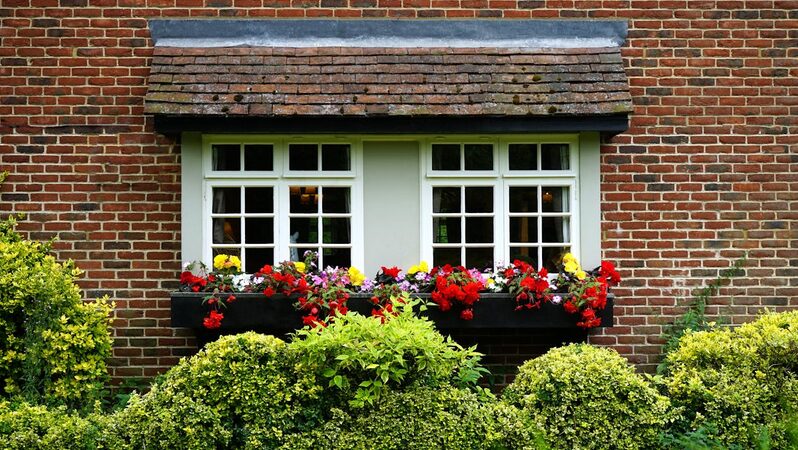
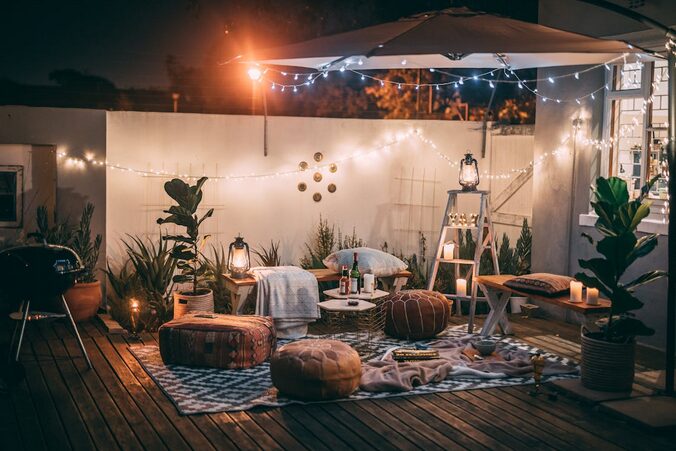
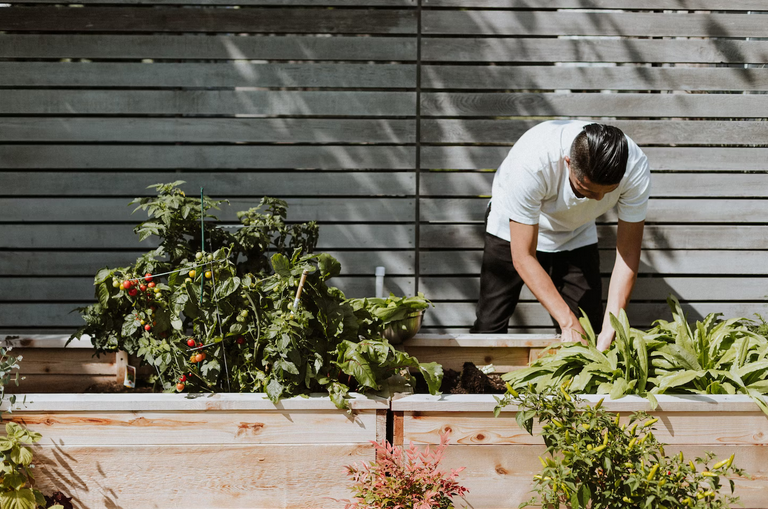
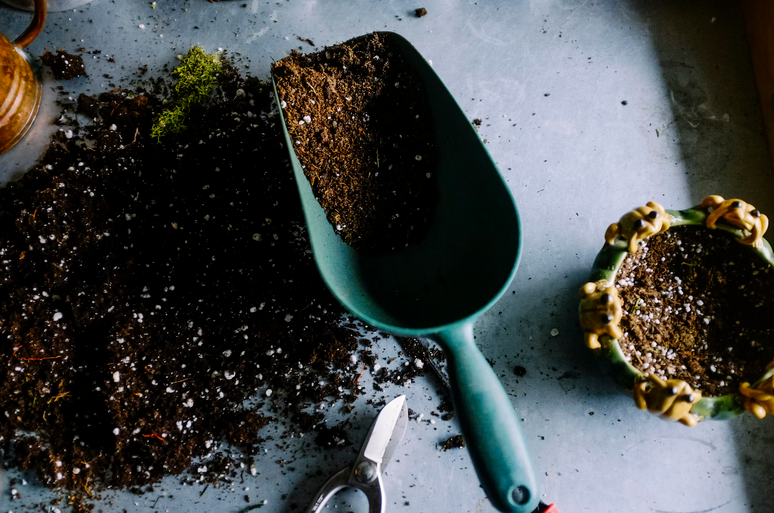
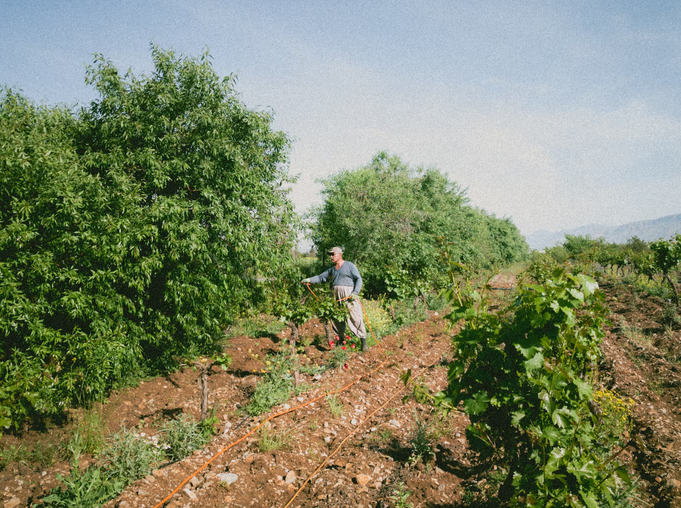

 First off, let’s talk about the classic. Marble countertops are a classic choice for many homeowners. Marble is a natural stone that has been used in homes for centuries. It is heat resistant and very durable. However, marble can also be quite expensive. In addition, marble needs to be sealed regularly to prevent staining.
First off, let’s talk about the classic. Marble countertops are a classic choice for many homeowners. Marble is a natural stone that has been used in homes for centuries. It is heat resistant and very durable. However, marble can also be quite expensive. In addition, marble needs to be sealed regularly to prevent staining. Last but not least, let’s talk about resin countertops. These years, the resin has become a popular choice for many homeowners. Resin is a synthetic material that can mimic the look of stone or other materials. The strength and durability are similar to quartz. However, resin countertops are heat-resistant and stain resistant.
Last but not least, let’s talk about resin countertops. These years, the resin has become a popular choice for many homeowners. Resin is a synthetic material that can mimic the look of stone or other materials. The strength and durability are similar to quartz. However, resin countertops are heat-resistant and stain resistant.